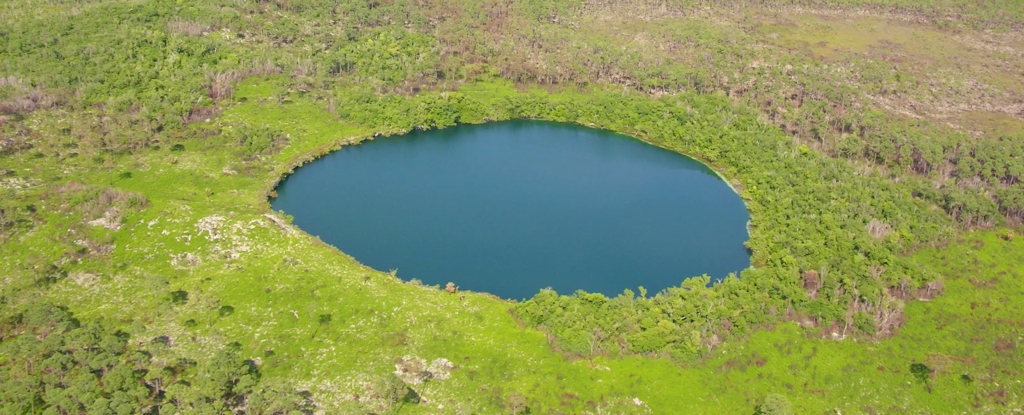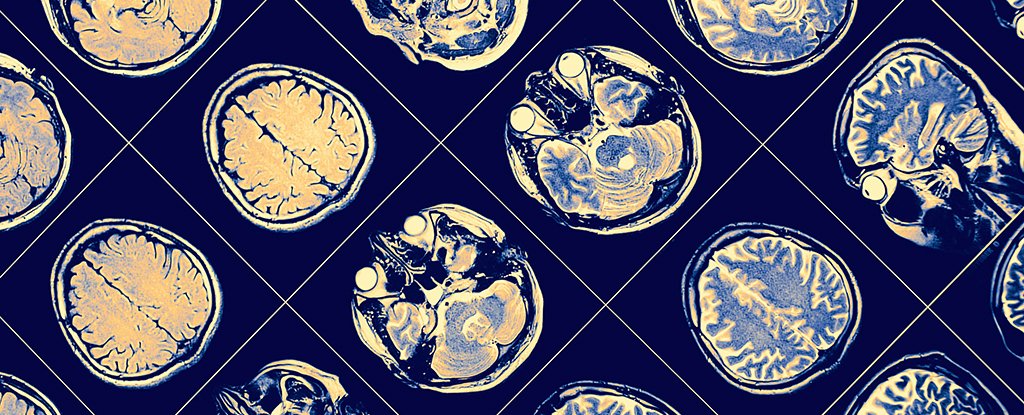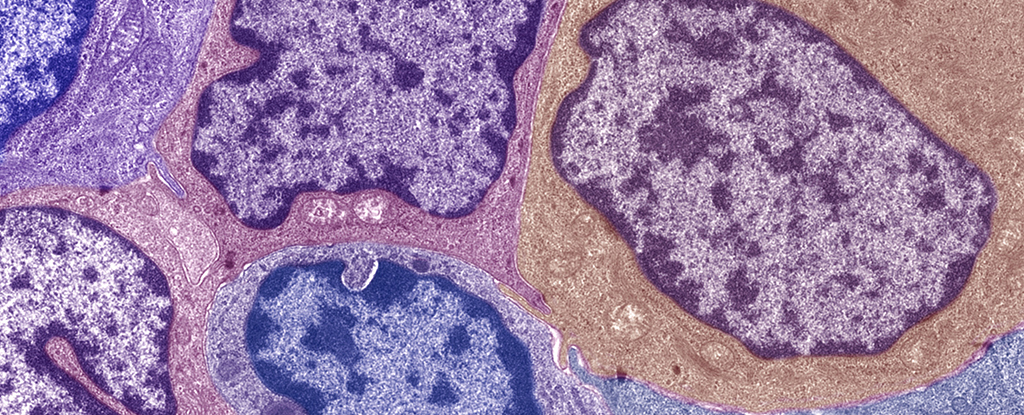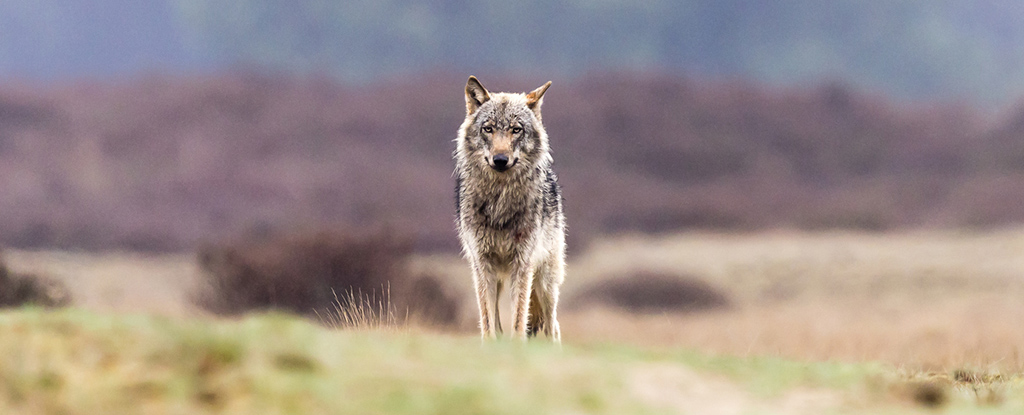Nestled in The Bahamas on Great Abaco Island is a blue hole, Sawmill Sink, that’s filled with a trove of well-preserved fossils that show how much the island has changed since the last Ice Age.
For over a decade, starting in 2005, researchers dove to retrieve the scientific treasure.
“This was probably the most important site I’d ever had a chance to get involved with,” David Steadman, a curator emeritus with the Florida Museum of Natural History, told Business Insider.
But the excavations stopped about five years ago when a devastating hurricane wreaked havoc on the island, the fossil collection, and the researchers’ plans to protect the pristine blue holes.
The researchers collected thousands of Sawmill Sink’s fossils before the hurricane. But the rest remain in its underwater depths, perhaps forever.
Thousands of years ago, a sinkhole flooded as sea levels rose.
About 190 miles east of Fort Lauderdale, Florida, lies the island of Great Abaco.
“The really dramatic thing about The Bahamas in general, and Abaco in particular, is how much the land area changes during ice ages,” Steadman said.
Thousands of years ago, Abaco was 10 times as big as today, but as sea levels rose following the last Ice Age, water flooded the island, shrinking its shores.
Abaco is made of limestone. So when the island floods, groundwater flows through the porous rock, causing caves to collapse into sinkholes, which then fill with water forming blue holes – like Sawmill Sink.
Sawmill Sink dips 150 feet below sea level and has a vast network of underground passages that extend for miles.
In 2005, diver Brian Kakuk descended into some of those passages and spotted a wealth of bones that opened a door to the island’s ancient past.
Tortoise shells and crocodile skulls caught a cave diver’s attention.
Some of the bones belonged to tortoises and crocodiles. These animals no longer live on Abaco, so their bones offer a peek into a vastly different time.
What makes Sawmill Sink unique is how well it’s preserved the island’s natural history.
“The conditions there are in part what saved this site from being either looted or somehow vandalized through time because it was just too difficult a place for cave divers to get access,” Steadman said.
It’s dark with narrow crevices and passages in the limestone that are a tight fit for anyone to shimmy through. There are stalactites and stalagmites from when the cave was above the water, with ribbony helictites and hollow tubes known as soda straws jutting out from the walls.
At the hole’s surface, a float of freshwater extends down 30 feet. Below that lies 20 feet of a toxic brew of hydrogen sulfide and freshwater that stinks of rotten eggs and burns the skin.
Under the opaque and corrosive layer was saltwater, devoid of oxygen and UV light, just right for preserving the fossils.
Kakuk, an experienced diver, made sure his skin was covered and used scuba equipment like rebreathers to safely navigate the dangers.
Some fossils were so well-preserved that experts could pinpoint their age.
Once Kakuk found the bones, he got in touch with geologist Nancy Albury.
Albury was a cave diver, too. Her interest in caving and background in geology helped her quickly realize how special Sawmill Sink was.
One of the first blue hole fossils Albury saw was a tortoise that turned out to be of an unknown species, Chelonoidis alburyorum, that’s now extinct.
It’s pretty clear how their remains ended up in the blue hole. “If something like a tortoise fell in, it would be a one-way trip,” Steadman said.
The hole’s vertical walls would be impossible for the animal to climb out of.
The experts dated the crocodile and tortoise fossils to between 1,000 and 5,000 years old, after the sinkhole flooded.
Below these fossils were more bones that showed Abaco’s rich wildlife before it sank beneath the sea.
The fossils show the island’s past boasted huge biodiversity.
Back when sea levels were lower thousands of years ago, Sawmill Sink was a dry, cave-like sinkhole where a rich, diverse collection of animals lived from roosting barn owls to crocodiles.
Many of these animals were present as far back as 15,000 years ago. With the fossils, the scientists could see which animals adapted to the climate shifts during the Ice Age.
Many species couldn’t survive one deadly predator: humans.
Many of the blue hole’s fossilized animals are now extinct on the island.
As scientists sifted through the bones from the sinkhole, they started to find patterns in when the animals disappeared.
They learned that 17 bird species didn’t survive the rising sea levels 10,000 years ago.
But other bird species, along with reptiles and mammals did survive until about 1,000 years ago when humans landed on the island and wiped them out.
The Lucayan people, part of the Taíno culture, may have arrived on Great Abaco from Hispaniola and Jamaica as early as 720 CE.
Archaeological evidence suggests that these new residents ate the large tortoises that lived on the land.
The hutia, a rodent similar to the capybara but smaller, was another common food source. Like the tortoise, it disappeared from Abaco.
Even animals that humans may not have eaten were affected by their presence.
One species of bird, the Bahaman caracara, went extinct, probably because its diet was similar to the humans’ and there was too much competition. Additionally, some bats died out when residents started clearing their habitats.
‘Very smart’ crocodiles may have stalked humans, who killed them in return.
At the same time, humans might not have been at the top of the island’s food chain.
“The crocodiles, we know, were stalking the tortoises,” Albury said, “possibly the humans as well.”
This species, the Cuban crocodile, is now critically endangered, with only a small population left in Cuba.
“They’re very aggressive, very smart crocodiles,” Albury said. Unlike some species, they live in freshwater and hunt on land.
“It would’ve made it a pretty interesting place in The Bahamas at one time,” Albury said.
Eventually, the crocodiles disappeared from the island. The Lacayan people did, too, after Christopher Columbus mistakenly found his way to The Bahamas.
The fossils found a home in a new natural history museum.
For years, Albury, Steadman, Kakuk, and others were involved in a long campaign to turn Abaco Island’s blue holes into an underwater national park.
Development and pollution threatened the sinkholes, which had remained undisturbed for so long.
The goal was two-fold: to keep the blue holes’ environment stable to preserve the fossils and keep the source of freshwater pristine, Steadman said.
Albury started curating a branch of the National Museum of The Bahamas/Antiquities, Monuments and Museum Corporation on Abacao to help store the group’s growing collection of fossils.
The museum opened in January 2018, with exhibits on the blue holes, the island’s wildlife, and the Lacayan people.
By September 2019, the museum was completely destroyed.
Hurricane Dorian devastated Abaco.
In early September 2019, Hurricane Dorian stalled over The Bahamas, killing dozens of people and destroying thousands of homes.
It was one of the strongest hurricanes ever recorded in the Atlantic.
“Our house blew up with us in it,” Albury said. “Literally, the roof exploded with us sitting there.”
The museum she had spent years curating was destroyed, too. Walls had toppled, and water had flooded the museum and Albury’s lab.
“It was the first and only natural history museum in The Bahamas, and two years later it was gone, just destroyed,” she said.
After the hurricane, the museum’s collection was underwater.
About a week after the storm, Steadman came to the island to help Albury and Kakuk assess what remained of the museum’s collection.
“We scraped up and collected all that we could collect,” Albury said.
“It was still really hot and wet and stormy,” Steadman said — not exactly an ideal environment for fragile fossils.
“All day long you’re dealing with trying to recover the collections, and then in the evening, you’re just trying to live and get by and figure out what you’re going to do next,” Albury said.
There was no running water or electricity. Albury had lost her home, her clothing, and any place to cook or store food and water.
Fortunately, she found her catalog of the collection, which she’d stored in plastic bags and boxes. Most of her electronic backups were destroyed, but a company managed to recover her photographs of the fossils from a water-logged hard drive.
These records helped them figure out what they still had and what was missing. Amazingly, much of the collection survived, between 80% and 90%, according to Albury’s estimates.
Steadman packed up bins of fossils and took them to the University of Florida’s climate-controlled storage.
The blue holes’ future is in limbo.
In the five years since Hurricane Dorian, the island’s infrastructure has taken a long time to recover.
Albury and her husband have only recently finished rebuilding their marina business, but she has no plans to reopen the museum.
“I’m approaching 70 in a couple of months, and I am tired,” she said.
Neither she nor Kakuk dives at Sawmill Sink anymore. Plans to turn the blue holes into a national park, too, have stalled.
“People have bigger fish to fry, just surviving and getting their lives back together,” Steadman said, though he’s hopeful that as conditions improve on Abaco the government will start looking into the proposal again.
And there’s plenty more to be found in the blue holes. “Each little piece tells you more of the story,” Albury said.
She thinks the research should continue, even though she and Steadman are both retired.
“It was a great story, and it still is, and there’s still more to be told about it, I think,” she said.
This article was originally published by Business Insider.
More from Business Insider:





